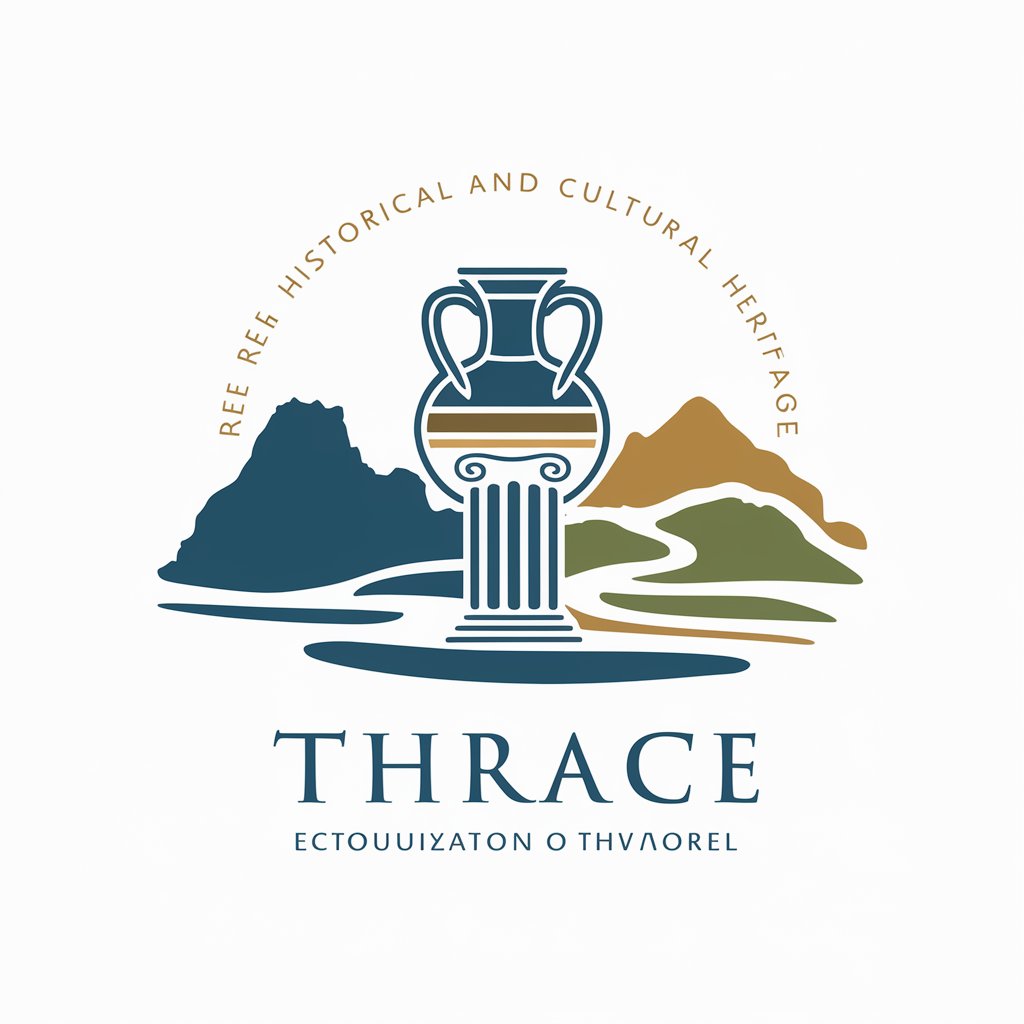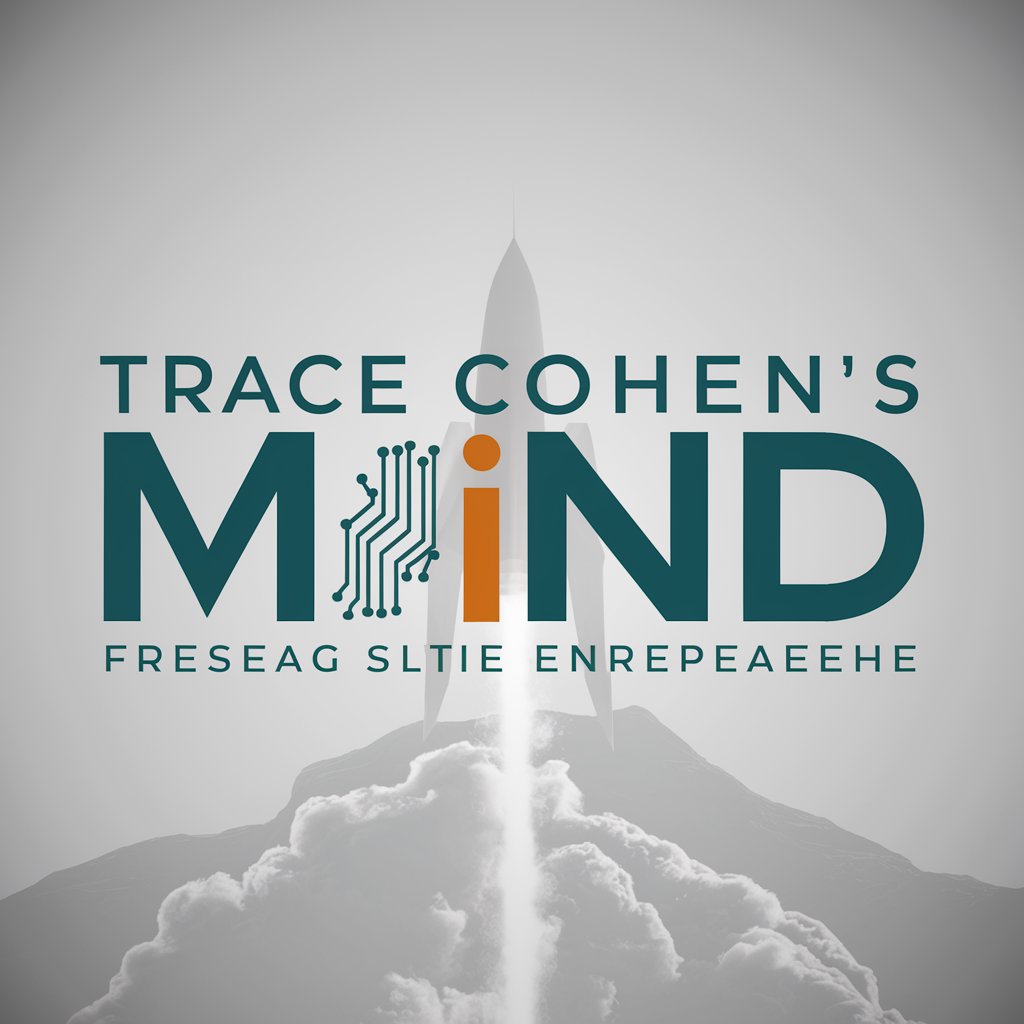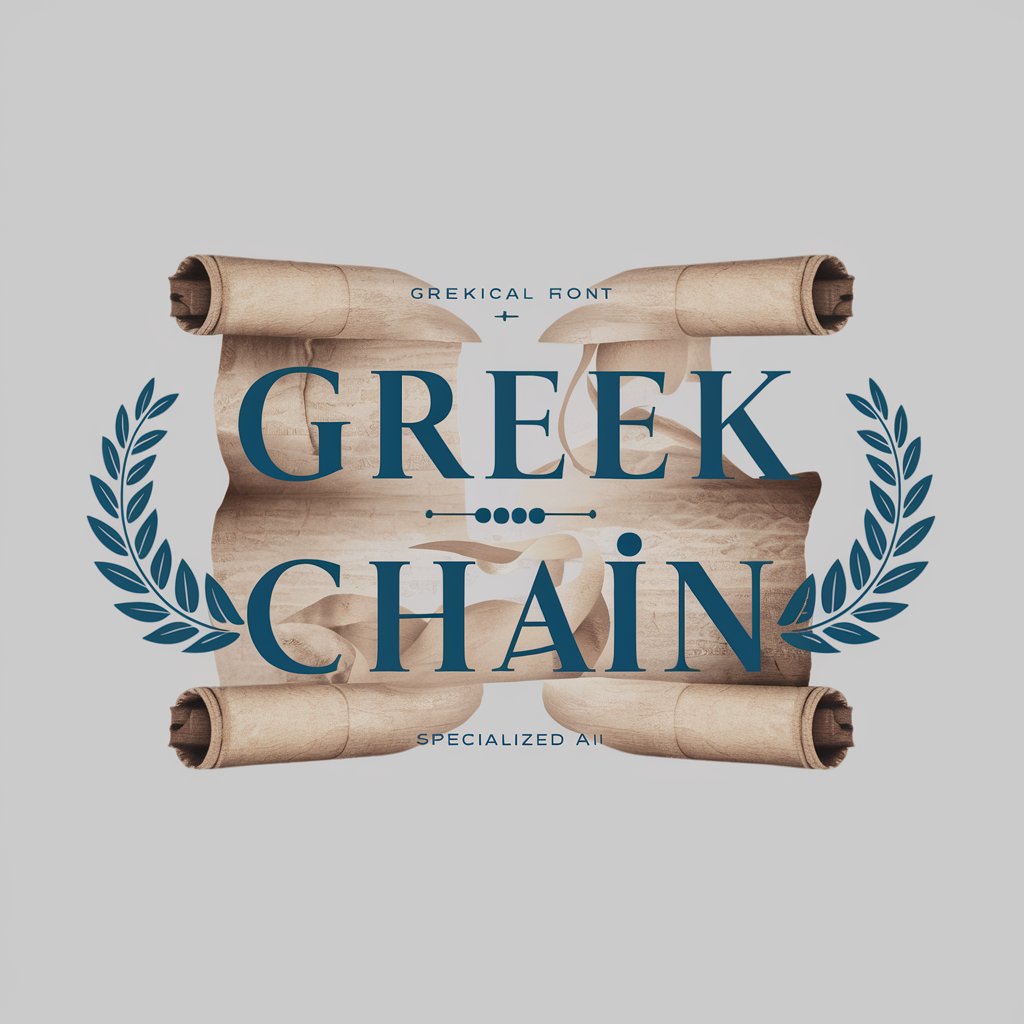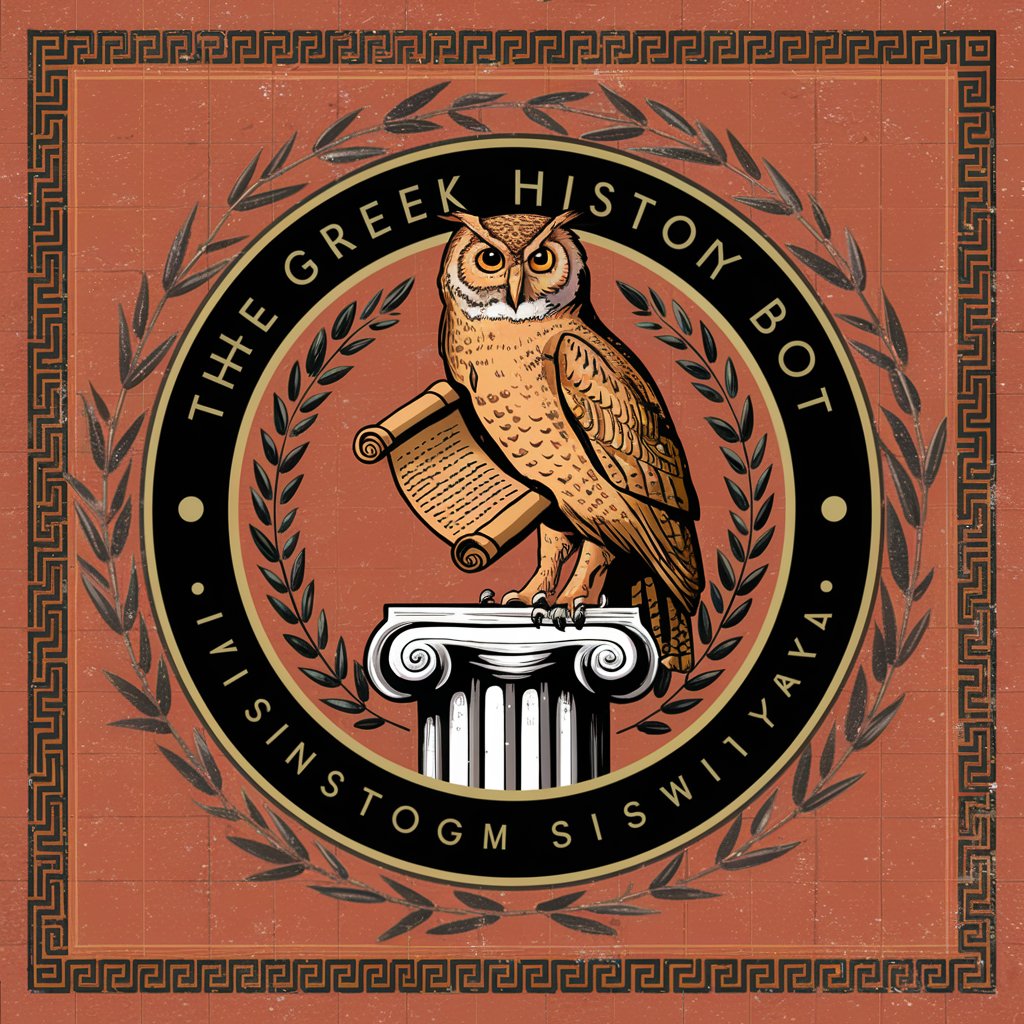
Thrace - in-depth knowledge about Thrace's history.

Welcome! Let's dive into the rich history of Thrace.
AI-powered insights into Thrace's heritage.
Explore the ancient history of Thrace, focusing on...
Describe the cultural significance of Thrace in the context of...
Explain the geographical features of Thrace and their impact on...
Discuss the influence of Thrace during the Roman Empire, highlighting...
Get Embed Code
Thrace: A Historical Overview
Thrace is a historical region in Southeast Europe, notable for its strategic geographical location and rich cultural heritage. It is bounded by the Balkan Mountains to the north, the Rhodope Mountains and the Aegean Sea to the south, and it stretches eastward to the Black Sea. Historically, Thrace was inhabited by the Thracians, an ancient Indo-European people, from as early as 1500 BCE. Over millennia, it has been a point of intersection for various cultures and empires, including the Greeks, Persians, Romans, and Ottomans, each leaving a distinct mark on the region. Key sites like the city of Perinthos (modern-day Marmara Ereğlisi), the sanctuary of Dionysus in Perperikon, and the burial mounds at Sveshtari provide insights into the sophisticated artistic and religious practices of ancient Thracians. Powered by ChatGPT-4o。

Cultural and Historical Significance of Thrace
Archaeological Insight
Example
The Tomb of Kazanlak offers a vivid glimpse into Thracian burial practices and artwork, notably the famous frescoes that date back to the 4th century BCE.
Scenario
Researchers and historians studying Thracian culture often visit or study these sites to understand the social structure and religious beliefs of the Thracians.
Cultural Interchange
Example
Thrace's location made it a melting pot of cultures, evident in the diverse architectural styles, languages, and customs found in the region.
Scenario
This blend is studied in university curricula focused on Southeast European history and is critical for understanding the cultural dynamics of the Balkans.
Who Benefits from Studying Thrace?
Academic Researchers
Scholars of ancient history, archaeology, and cultural studies who are investigating the European Iron Age, Hellenistic civilizations, and Byzantine history.
Cultural Enthusiasts
People interested in the rich tapestry of European culture, including tours of ancient sites, museums, and educational documentaries focusing on the region's diverse heritage.

Using Thrace
Visit yeschat.ai for a free trial without login, also no need for ChatGPT Plus.
Explore the website to get a feel for its features and services. The free trial allows you to experience its AI capabilities.
Choose your topic of interest.
Select from a range of topics related to Thrace, including history, culture, and geography.
Interact with the AI for information.
Ask questions and engage in conversation to deepen your understanding of Thrace.
Use the information for research or education.
Apply the information you gather for academic or personal projects.
Seek additional sources for broader context.
Cross-reference the information from the AI with other trusted sources to ensure accuracy and depth.
Try other advanced and practical GPTs
Tracer
Empowering Innovation with AI

Penguin Race Track Buddy
Rev Up Your Game Design

Symptom Checker
Empowering Your Health Decisions with AI

Symptom Checker GPT
AI-Powered Health Assessment Tool

Symptom Solver
AI-Powered Symptom Analysis for Informed Health Insights

Symptom Solver
Empowering health insights with AI

Grace
Your AI-powered cultural companion

Trace Cohen's Mind
Empowering innovation with AI-driven insights.

Aero Trace Assistant
AI-driven aerospace paperwork verification

Grace Case Race
AI-powered case briefing for law students

Grace
Empowering emotional well-being with AI

Grace
Endless Conversations with AI

Frequently Asked Questions about Thrace
What is Thrace known for historically?
Thrace is historically known for its rich culture, strategic location, and influence during ancient times. It played a significant role in the development of Greek and Roman civilizations, and its culture influenced the wider region.
What are the main regions of Thrace?
Thrace comprises present-day southeastern Bulgaria, northeastern Greece, and the European part of Turkey. Each region has its unique history and cultural significance, contributing to the overall richness of Thrace.
Who were the ancient Thracians?
The Thracians were an ancient people known for their warrior culture and artistic achievements. They inhabited the region of Thrace and had a significant impact on the surrounding cultures, including the Greeks and Romans.
What is the modern significance of Thrace?
Modern Thrace is a region with diverse cultures and historical sites. It holds significance for its unique blend of Greek, Bulgarian, and Turkish influences, offering a fascinating area for historical and cultural exploration.
What are some notable sites to visit in Thrace?
Notable sites in Thrace include the ancient city of Philippi, the Rhodope Mountains, and the city of Plovdiv. These locations offer insights into the region's history and natural beauty.





